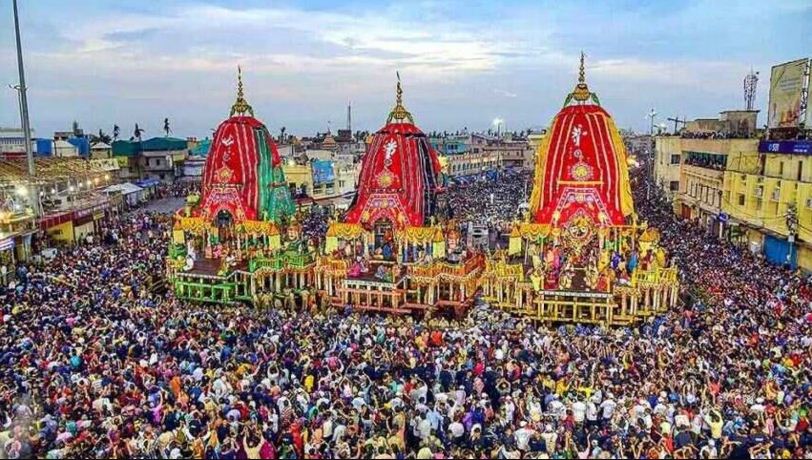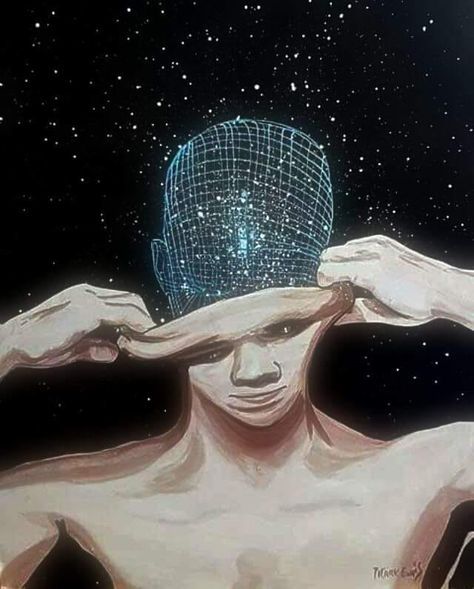Introduction
The sacred city of Puri in the eastern state of Odisha, India, is home to one of the most revered and enigmatic deities in Hinduism, shree Jagannatha. Surrounded by an aura of mystery and devotion, the legend of Jagannatha, also known as shree Krishna, Balabhadra, and Subhadra, has captivated the hearts of millions for centuries. This article delves into the captivating tale of shree Jagannatha, exploring the ancient legends, the grand Rath Yatra festival, and the spiritual significance that continues to resonate with devotees worldwide.

The Mythological Origins
The legend of shree Jagannatha traces its roots back to ancient Hindu scriptures and mythology. According to the Puranas, shree Jagannatha is considered an incarnation of shree Krishna, who along with his elder brother Balabhadra and younger sister Subhadra, form the divine triad of deities worshiped in Puri. The story of their unique appearance and the establishment of their abode in Puri dates back to the age of Dvapara Yuga.
One of the popular legends surrounding the installation of the Jagannatha deity narrates that King Indradyumna, a devout follower of shree Vishnu, was determined to witness the cosmic form of the deity he deeply adored. His relentless devotion eventually led him to the renowned sage Narada, who revealed the sacred Nila Madhava idol hidden in the dense forests of Utkala (modern-day Odisha). The king, guided by Narada, embarked on a spiritual quest to find the deity and build a grand temple in his honor.
Upon reaching the location, he discovered the deity but found it had transformed into a mysterious wooden log. Deeply disheartened, King Indradyumna sought divine intervention through a dream, where he was commanded to carve three new idols from the enigmatic log. As per the divine instructions, he commissioned the skilled sculptor Visvakarma to sculpt the idols of shree Jagannatha, Balabhadra, and Subhadra. However, there was a unique condition – the sculptor was not to be interrupted during the carving process, and the king was not to open the temple doors until the work was completed.

The Curious Temple Ritual
The most intriguing aspect of the Jagannatha Temple in Puri is the “Naba Kalebara” ritual that occurs every twelve to nineteen years. During this sacred ceremony, the old wooden deities are replaced with new ones, carved from a sacred Neem tree. The ritual signifies the cyclic nature of life, death, and rebirth. The process involves elaborate rituals and is closely monitored by the temple authorities, ensuring the utmost sanctity and adherence to ancient traditions.
The Rath Yatra Festival Of Shree Jagannatha
The annual Rath Yatra festival in Puri is one of the grandest religious processions in India and attracts millions of devotees from around the globe. The festival commemorates shree Jagannatha’s journey from the Jagannatha Temple to the Gundicha Temple, located nearly two miles away. The deities, placed on lavishly decorated chariots, are pulled by enthusiastic devotees along the “Bada Danda” (Grand Road) to their temporary abode.

The Rath Yatra festival is a symbol of universal brotherhood and unity, as people from all walks of life come together to participate in the joyous occasion. It is believed that pulling the chariots during the procession brings great blessings and purifies the soul. Devotees consider even touching the chariot’s ropes as an act of immense devotion.
Spiritual Significance
Shree Jagannatha’s legend embodies profound spiritual symbolism. The triad of deities represents the unity of the cosmic energies – creation, preservation, and destruction. Shree Jagannatha, with his large round eyes, symbolizes the all-seeing and compassionate nature of the divine. Balabhadra, his elder brother, signifies strength and protection, while Subhadra, the youngest, embodies the divine feminine energy.
Furthermore, the unique appearance of the deities, with their distinct wooden forms and an absence of sculpted features, reinforces the idea of the formless and universal nature of the divine. The deep-seated belief is that shree Jagannatha’s darshan (sacred sight) liberates devotees from the cycle of birth and death, leading to salvation.

Conclusion
The legend of Shree Jagannatha in Puri is a mesmerizing tale that continues to inspire devotion and awe in millions of hearts. From the mysterious origins of the deity to the grandeur of the Rath Yatra festival, every aspect of the legend showcases the spiritual richness and cultural heritage of India. Shree Jagannatha’s enigmatic form and profound symbolism not only appeal to the faithful but also ignite a sense of wonder and curiosity in seekers of truth and knowledge. The legend of Shree Jagannatha, steeped in ancient mythology and divine grace, remains an eternal beacon of devotion and spiritual enlightenment for all who embark on the path of seeking the divine presence.
More Temple legends like Shree Jagannatha are coming soon!



